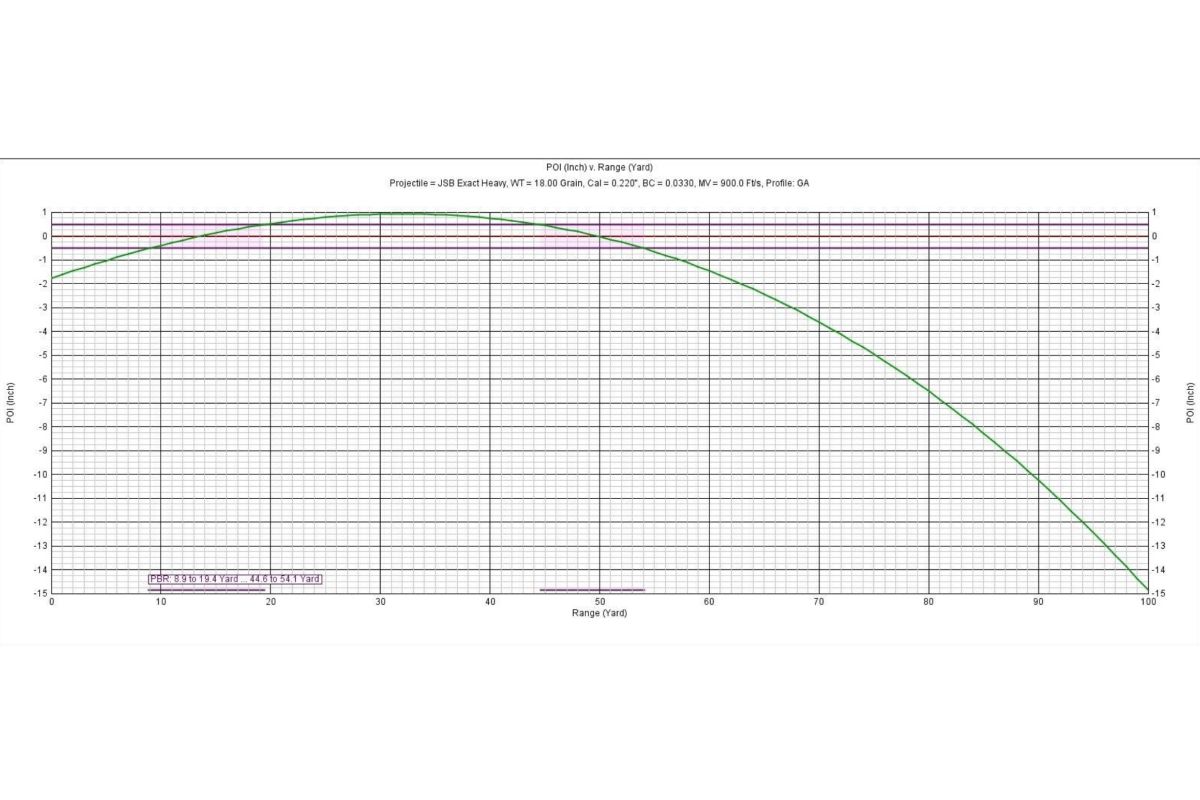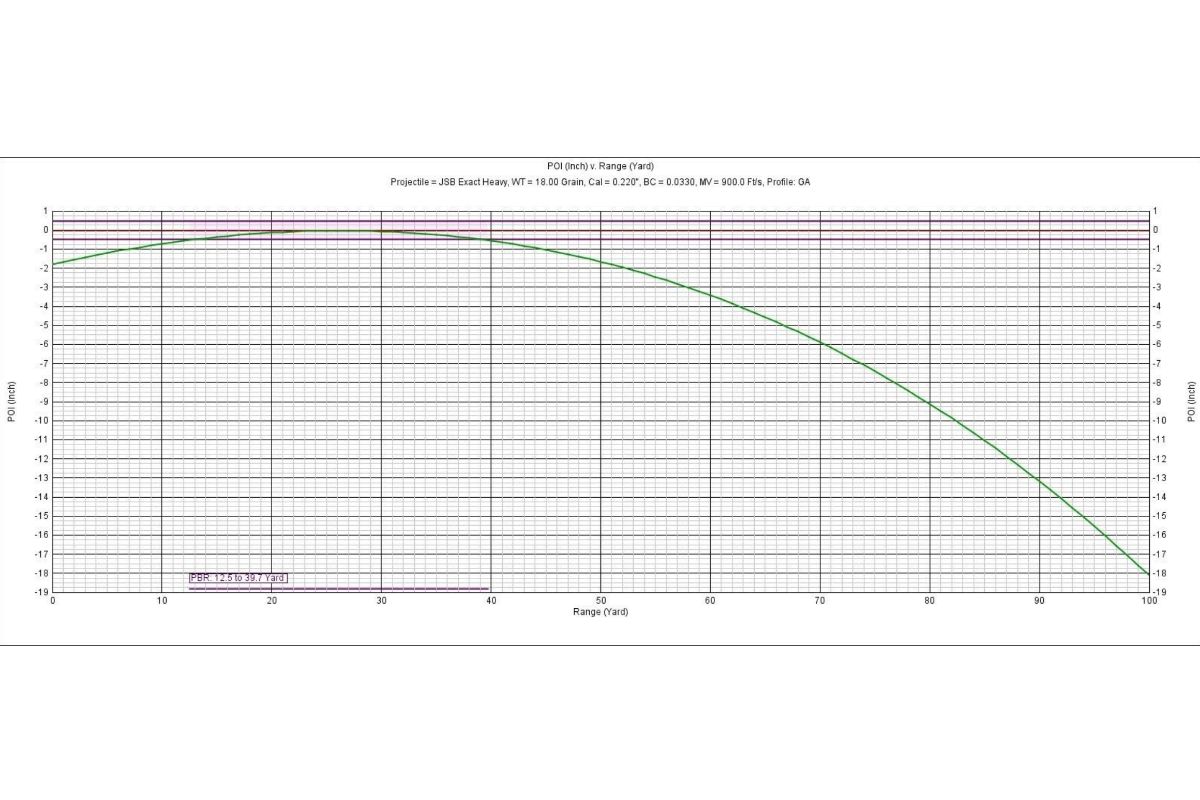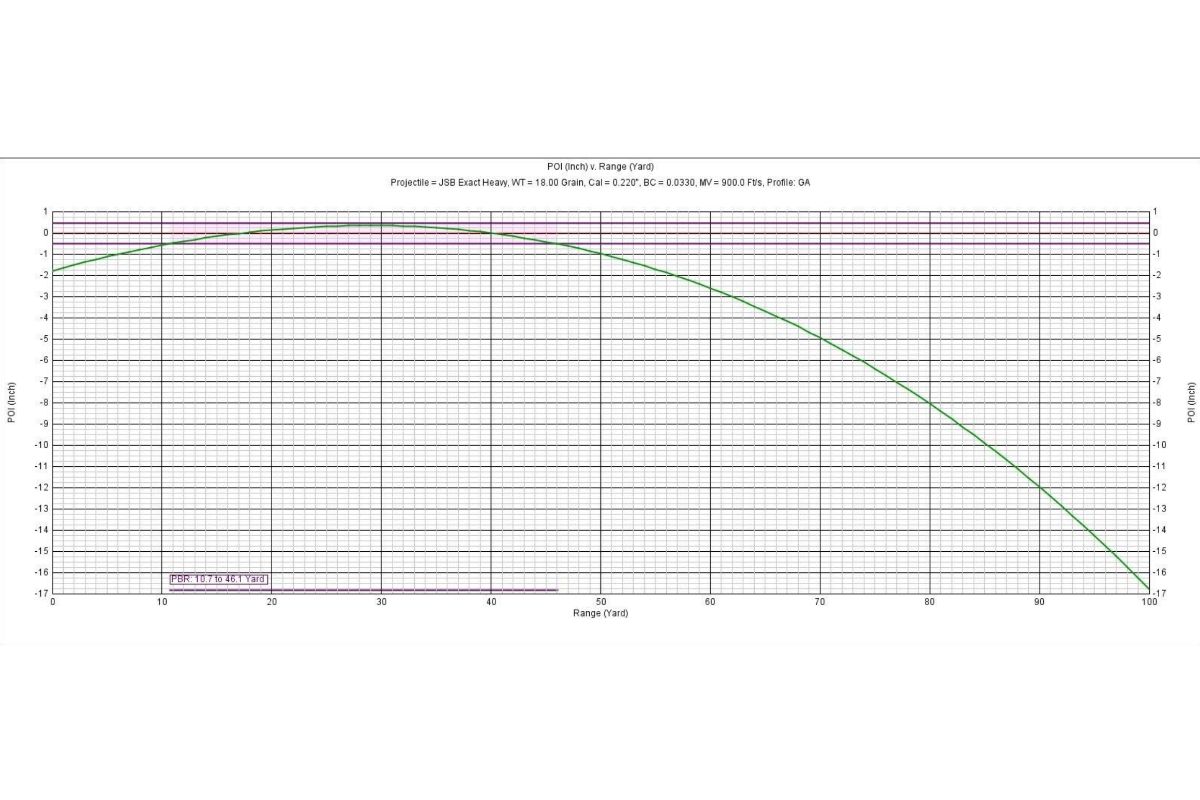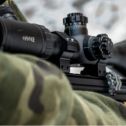Airguns are a great tool for hunting small game. They are quiet and very effective out to 50 and even 75 yards or more. But, it’s not always as easy as it looks. Unlike a firearm, a pellet shoots in a constant ark. It’s either on the way up or on the way down. As a result, pellets don’t shoot flat as you would expect from a typical firearm.
So how do you handle this type of constant shifting in your point of impact when hunting small game at various ranges and where one-inch accuracy is critical? In this article, we’ll talk about how to pick and set up your scope for hunting small game.
Before we start, please take a look at a couple of articles in our vault. The first article discusses the basics of how to mount your scope properly. The second, and more technical, discusses how scope height and angles create unique challenges for airgunners. We’re going to get into that in this article as well.
FFP or SFP
Most of us are very familiar with the traditional second focal plane scope, where, as you increase the magnification, the reticle stays the same. This is not a problem with a simple duplex reticle because you are just using the center X to aim, but it can be challenging when using a scope with a mil-dot reticle. For example, let’s say you have a fairly common 4-16×50 MD scope like the Hawke Vantage IR.
If you set your magnification at 10x and sight in for 25 yards, you’re locked in for that distance. You can then use your mil-dots to measure shots closer and further, making a note of your hold over and hold under for each distance. But, the moment you change your magnification, the spacing between the mil-dots also changes, throwing off all your hold over and hold under calculations. Enter the first focal plane scope.
We’ve seen a surge of FFP scopes over the last few years. Of course, they’ve always been around, but they’ve also been very expensive and not widely used by airgunners. However, that’s beginning to change. With so many affordable FFP scopes hitting the market, their advantages are quickly being realized.
The difference between an FFP and an SFP scope is that as you change the magnification on an FFP scope, the reticle grows or shrinks right along with you. So the mil-dot spacing remains constant throughout the entire magnification range. Once you’ve doped your scope for the various ranges, your hold over and hold under remains the same, regardless of your magnification. As you can imagine, this can be a real advantage when hunting small game that’s not always at a perfect 25 yards. Squirrels and rabbits can be so inconvenient with all their moving around.
FFP scopes are not a perfect fit for all shooters. Many have very fine reticles that become unusable at lower magnifications because they are just too hard to see. Some manufacturers try to correct this issue by using a thicker reticle; unfortunately, it’s like having 2x4s in your face at higher magnifications, and they can completely obscure your target. It’s very hard to get the right balance. Also, if you have less than optimal vision, you may find an FFP scope frustrating for the same reasons.
Here’s the good news, it’s not hard to overcome the variable mil-dot spacing you get with an SFP scope. We recommend you simply pick a good magnification for the type of hunting you do and leave it there. For example, 8x or 10x is usually a good middle road for shots as close as 15 yards and as far as 100 yards.
Zero your scope? Does it matter?
Regardless of what type of scope you choose, it’s important to maximize its potential. You can do this by trial and error or use a chronograph and some software to help. There is a ton of really good ballistic software on the market, just depends on what you think works best for you and your airgun. We prefer Hawke’s Chairgun Pro. Unfortunately, they no longer support it, but you can still get a copy for free from their website.
When you plug in your velocity, pellet weight, and ballistic coefficient, the software will show your trajectory. Most airgunners are surprised at just how quickly pellets lose their velocity and energy and the radical change in POI. If you adjust your zero, you’ll see how the shot curve changes. By dialing this in, you can usually find a zero that will give you a flat or as flat as a pellet can shoot, trajectory that will stay in a one-inch kill zone for 30 or 40 yards. We found that the typical .22 cal PCP hunting rifle like the Air Venturi Avenger, shooting in the 30 to 36 foot-pound range, can shoot flat from about 10 to 40 or even 50 yards. The key is finding the right distance to zero your scope. We suggest somewhere between 14 to 17 yards for most airguns, but you need to do the math for your specific airgun and pellet combination to see the best results. Once you’ve dialed things in, you can focus on hunting and having a good time in the field rather than trying to remember hold over and hold under for each shot. Here are some graphs that demonstrate the concept.


Notice the time that the pellet stays between the purple lines. Zeroing at 17 yards yields the maximum flat shooting trajectory from about 11 yards out to nearly 47 yards.

Summing Up
We hope that this has helped you make a good choice for your small game hunting scope and how to set it up once you get it mounted. With the right setup, you should have no problems out in the field taking game ethically and efficiently. If you need help picking the right air rifle scope, airgun, or pellet, stop by Airgun Depot. We are always here to help you pick the right gear to get things done.

